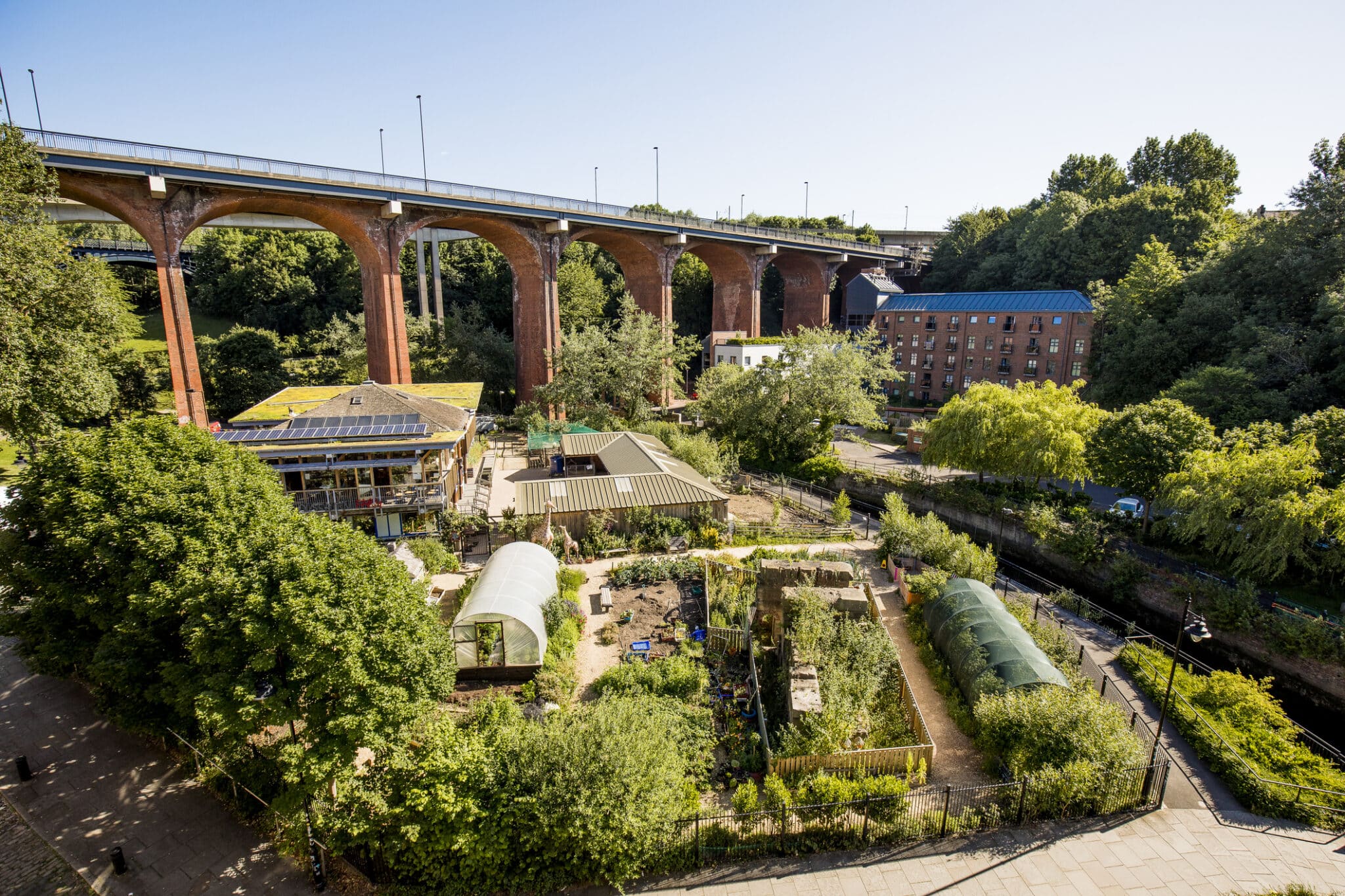Facts About City Blooming Uncovered
Facts About City Blooming Uncovered
Blog Article
The Best Strategy To Use For City Blooming
Table of ContentsCity Blooming Things To Know Before You BuyThe 7-Minute Rule for City BloomingCity Blooming - Truths9 Easy Facts About City Blooming DescribedCity Blooming - Questions
Fascinated in expanding food up for sale in the City of Chicago? Considering beginning a neighborhood yard? Modifications to the Chicago Zoning Ordinance permit farming uses like area yards and city farms in numerous components of the city. Below is a list of often asked concerns relating to the rules and policies that cultivators should consider when preparing an urban agriculture project.
The zoning modification does not change any type of various other codes taking care of composting, structure licenses, purchasing or renting City had residential property, company licenses or environmental contamination. There are existing codes that manage these issues and they continue to be completely impact and may be applicable to your task. Neighborhood gardens are normally owned or handled by public entities, public organizations or community-based organizations and preserved by volunteers.
Urban farms grow food that is planned to be offered, either on a not-for-profit or for-profit basis. Due to their industrial function, city ranches call for a company certificate.
Get This Report on City Blooming
The quantity of garden compost product can not go beyond 25 cubic yards at any type of provided time according to the requirements in 7-28-715 of the City's Municipal Code. Because the dirt at a lot of new garden sites requires amending, garden compost, dirt, wood chips, or other products can be obtained to construct or enhance the growing room.

If a structure permit is called for then the hoophouse will be considered an accessory structure. You can discover more regarding the structure authorization requirements by speaking to the Department of Structures. The 25,000-square-foot size limitation is meant to avoid a solitary neighborhood yard from dominating a given block or taking away from the block's existing household or commercial personality.
The limit does not put on gardens located in Public Open Area (POS) districts. Can there be greater than one neighborhood yard that is 25,000 square feet on a single block? Yes. The dimension limit puts on individual gardens, not to private blocks. No. Fence is not needed, nonetheless, yards that have huge parking areas might be called for to mount secure fencing or other landscaping functions.
Some Of City Blooming
B1 & B2 districts call for that all commercial usage activities be conducted inside your home. Is fencing required for metropolitan farms? Fences might be called for, along with landscaping and testing, for specific auto parking areas and outside work or storage space locations depending on location and the specific task taking location.
Urban farms need building authorizations and zoning authorizations prior to building and construction (urban gardening). Other forms of city testimonial might be needed depending on specific frameworks, tasks, size, landscape design, licensing, public health and stormwater management concerns.
The Division of Service Matters and Consumer Protection can assist identify the particular type of company permit that's required. Off street car parking is needed for most industrial tasks in Chicago. The required number of vehicle parking rooms is based on the number of staff members working on site and not the square video footage of the growing area.
City Blooming Can Be Fun For Anyone

Yes. A city ranch can sell compost material created on website, nonetheless, the operation must conform with the policies in 7-28-715 of the Chicago Municipal Code. Yes. Aquaponic systems are enabled indoors on metropolitan ranches in lots of zoning areas. However, a zoning testimonial and structure authorization is required in order to mount frameworks or systems and an organization permit is needed as explained above.
Up to 5 hives or colonies of honey might be kept as an accessory usage. Beekeepers need to register with the Illinois Department of Agriculture. For even more details regarding the suggested zoning change you might contact the Department of Housing and Economic Advancement, Bureau of Preparation and Zoning at 312.744.8563.
Farming in cities and urban locations A metropolitan ranch in Chicago. Urban agriculture refers to different methods of growing. https://pubhtml5.com/homepage/baapp/, handling, and dispersing food in urban areas. The term likewise puts on the area activities of animal husbandry, aquaculture, beekeeping, and gardening in an urban context. Urban farming is identified from peri-urban agriculture, which occurs in backwoods at the edge of residential areas.
The Ultimate Guide To City Blooming
It can include an activity of natural growers, "foodies" and "locavores", that look for to develop socials media based on a shared principles of nature and community holism. These networks can establish by method of official institutional support, ending up being incorporated right into regional community preparation as a "shift town" movement for sustainable city advancement.
The extra direct access to fresh veggie, fruit, and meat products that may be become aware via urban agriculture can boost food protection and food safety while decreasing food miles, leading to reduced greenhouse gas exhausts, therefore adding to environment change reduction. Some of the first proof of city agriculture originates from Mesopotamia.
Report this page